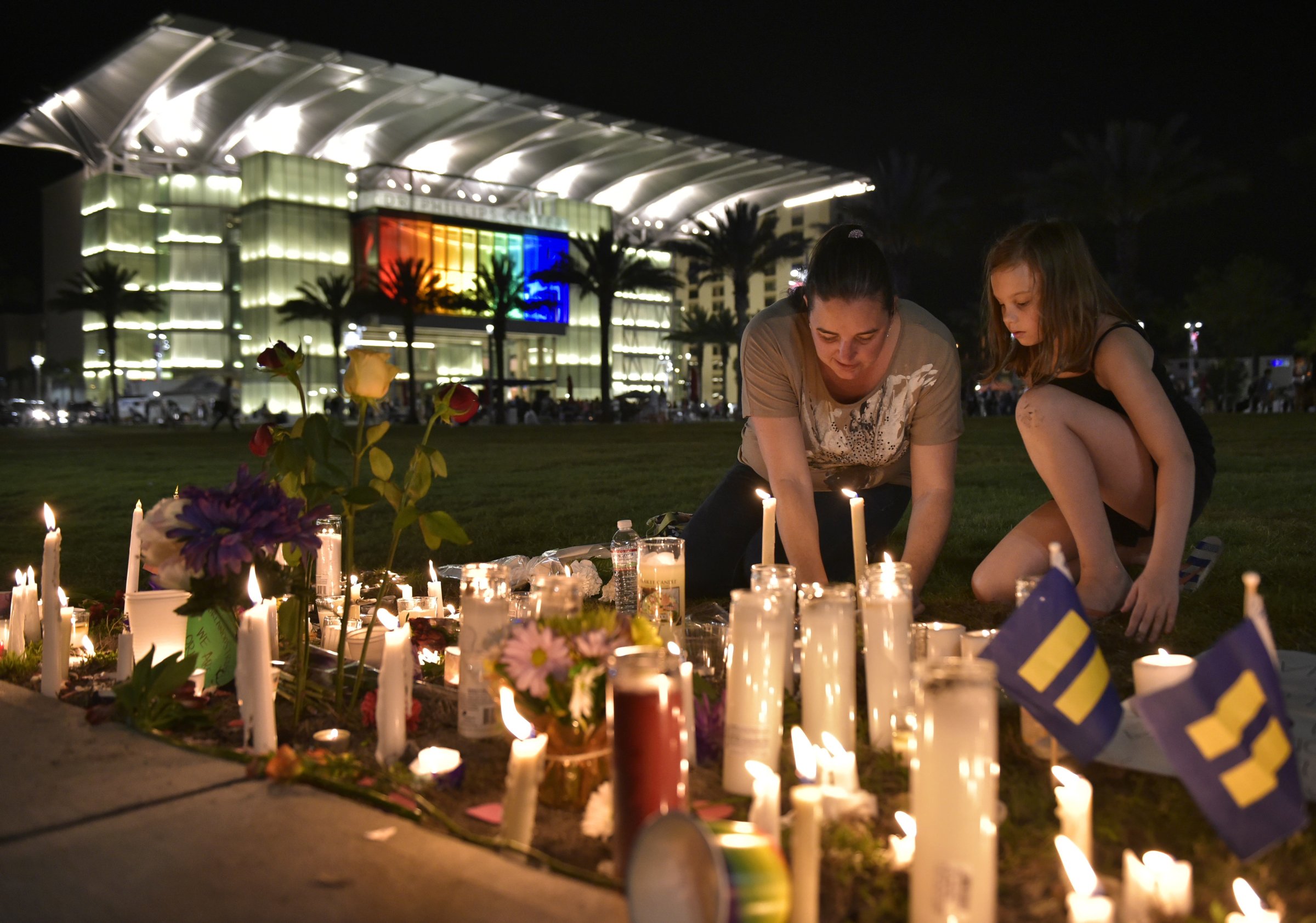
Seeing violence in the news like the recent nightclub massacre in Orlando can have terrible effects on our children. The best thing we could do for our children’s well-being and the future of our nation is to work diligently to stop these acts from happening. That sort of “prevention” would represent the most sincere commitment to our children’s psychological health.
But as responsible adults we can also help our children encounter terrible violence in the healthiest way possible. And we must, as these events appear to be increasing in frequency. To do this, we need to understand how young minds work. Children, left to their own devices, make everything about themselves. Their developmentally appropriate egocentricity means even far-flung dangers become personal, terrifying and real.
So the first job of the adult is to break the news. Don’t delay in telling your children about what’s happened. Parents and other caregivers need to get to children with facts they can understand, and a chance to discuss them, before they are overwhelmed by media accounts or misinformation from their peers. You want to be able to set the emotional tone.
Another key job is to remain calm. If you talk to your child in a highly emotional way, then he will likely absorb your emotion and very little else. Conversely, it’s important to stress for kids that even though there have been a series of mass shootings, we are not resigned to them. We are not shrugging and saying there’s nothing we can do. We are not modeling numb; we’re modeling calm. If you do that, your children are likely to grasp what’s important: that tragic events can upset many lives, but we can learn from experience and work together to grow stronger.
We can also be proactive about how the nation talks about mass violence. It is not my role to propose ways to reduce the hatred, hopelessness and free access to firearms that can so often lead to deadly outbursts. But we can change how we report these events, whose stories we emphasize, and how we talk to our children.
I often suggest that, in the face of terrible killings or disasters, families find a way to memorialize those who have been lost. And now I would suggest that our news media, and our nation as a whole, make a decision to do this at scale and demonstrate a healthier way of coping to our children: honoring life instead of scrutinizing hatred and death.
We must get pictures of these killers off of the front pages of our newspapers. Our fascination, and the media’s efforts to satisfy it, sends a message to our children: senseless death is here to stay, grin and bear it. Our response as a national community should be to not glamorize, glorify, or even acknowledge these killers.
When these events occur, we must encourage the media to report the news — and that is the stories of the victims and their grieving families, the magnitude of what we have lost. This takes momentum away from the cycle of violence, and focuses energy where it should be: with victims, with survivors, with the community that pulls together and looks for solutions. It helps us teach our children that despite notable exceptions, the world is not a place to give up on or be scared of. That it’s sad that a very sick, angry man got hold of a gun and hurt a lot of people. But those people were loved by friends, by family, and by their communities.
Their names and their stories paint the picture of the world that our children need to combat the darker one we must talk to them about.
More Must-Reads From TIME
- The 100 Most Influential People of 2024
- The Revolution of Yulia Navalnaya
- 6 Compliments That Land Every Time
- What's the Deal With the Bitcoin Halving?
- If You're Dating Right Now , You're Brave: Column
- The AI That Could Heal a Divided Internet
- Fallout Is a Brilliant Model for the Future of Video Game Adaptations
- Want Weekly Recs on What to Watch, Read, and More? Sign Up for Worth Your Time
Contact us at letters@time.com